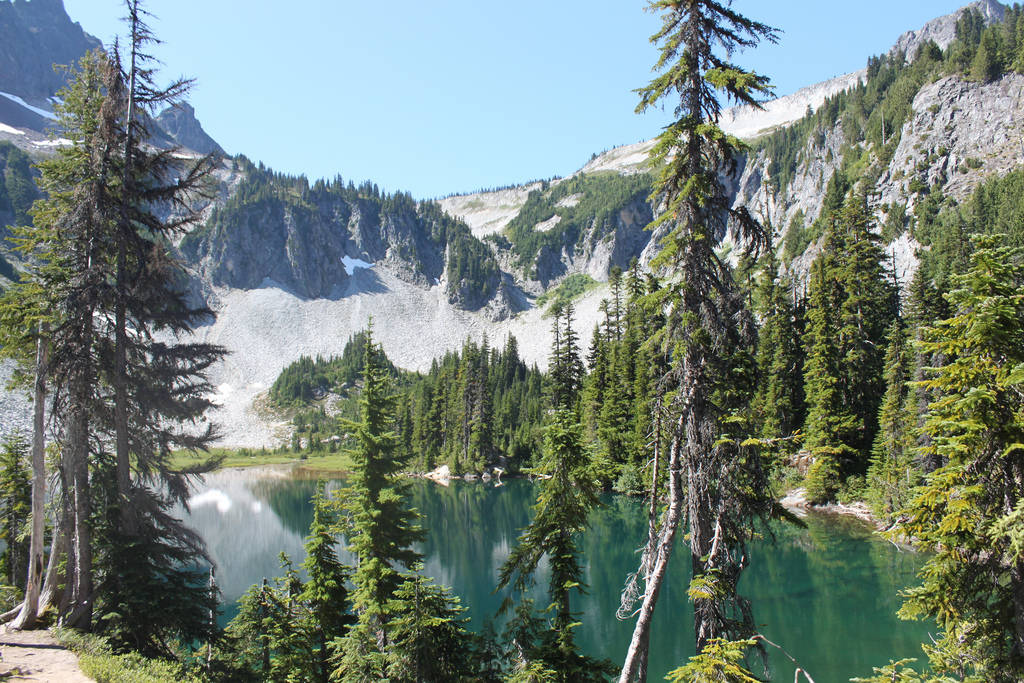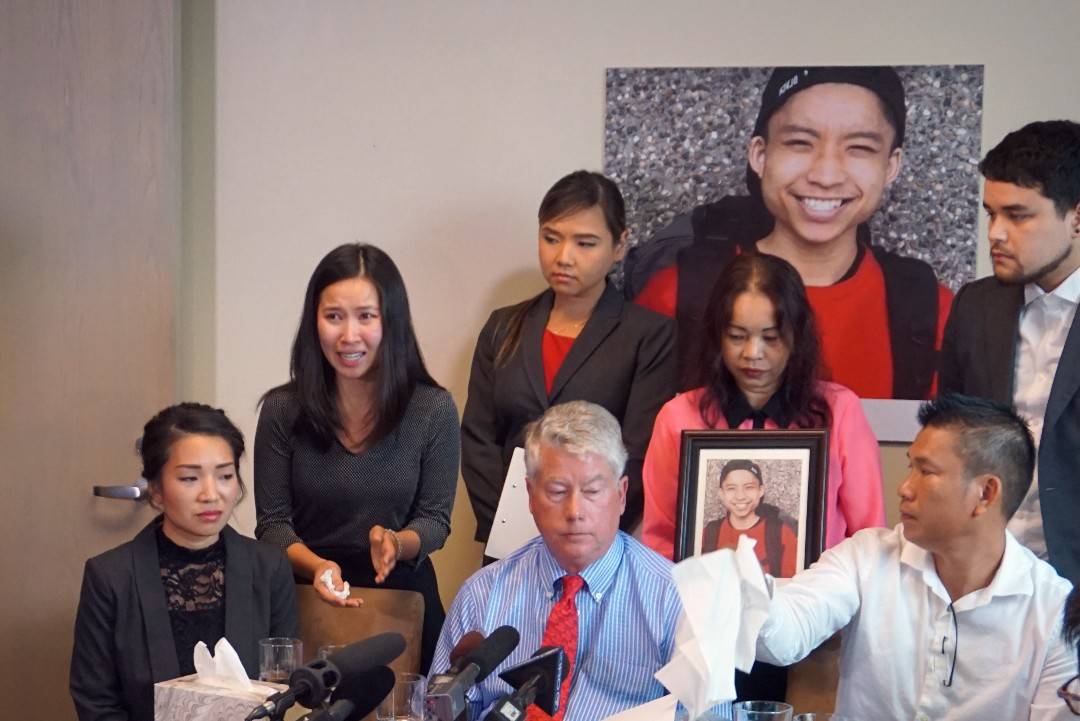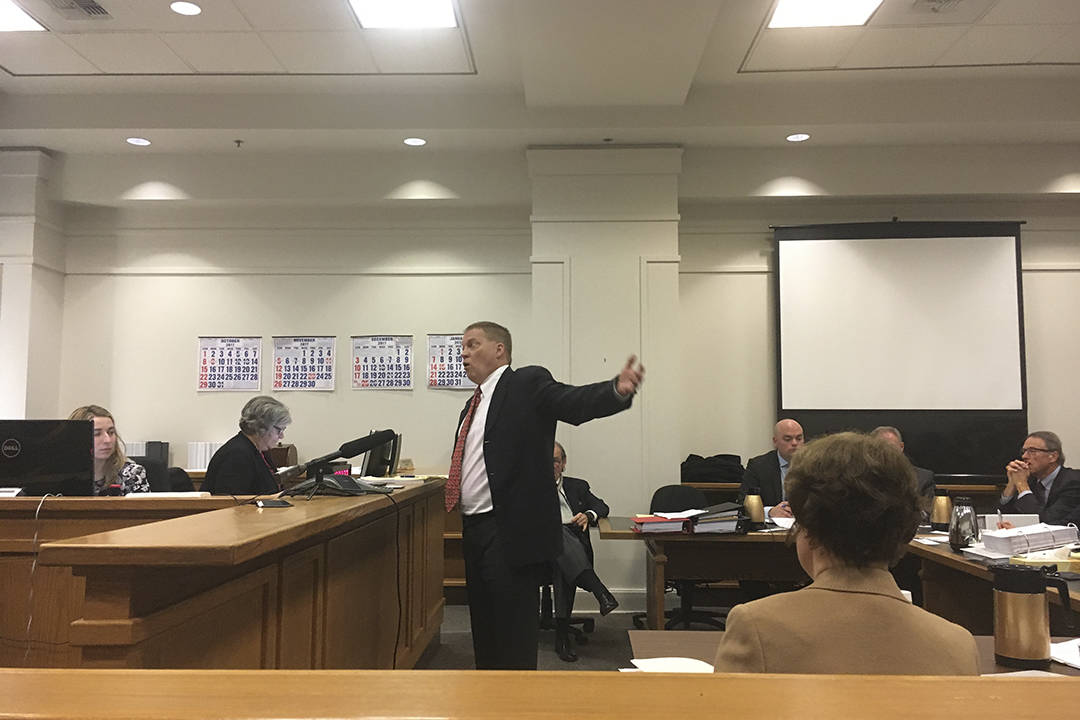It’s one of the great shames of my life. May writing about it for anonymous readers to comment on set me free.Four years ago, on a brilliant July day, I set out to climb Preacher Mountain in the Central Cascades. It’s not a technical climb, just a grueling one. Starting at the Middle Fork of the Snoqualmie trailhead, I began my ascent, covering 5,200 vertical feet of elevation gain over about six miles, much of it without a trail. So I was feeling pretty good about myself when I finished my bushwhack and scramble to the peak, which delivered panoramic views of the mountains and lakes around me.
That’s when the trouble began. On my way down the mountain and back to my car, I misjudged … something. Descending quickly down the steep rock face, it wasn’t until I was well down the mountainside that I realized that there was not a lake where there should have been. As misjudgments do, this one multiplied and multiplied again. My legs were gassed, so I couldn’t climb all the way back up from where I came; my visibility was too limited to get any bearings; and while I had a compass and map, my orientation skills were, frankly, not up to snuff for someone out hiking off-trail by himself. You see where this is going. Six or so hours later I was cut, bruised, and completely lost. I, conqueror of Preacher Mountain, was now yet another case for the King County Search and Rescue.
I didn’t know it at the time, but I’d succumbed to a common fate for lost hikers in the Central Cascades: I’d been swallowed up by the Pratt River drainage.
The Pratt begins in the crystal headwaters near Snoqualmie Pass and roars parallel to the highway, one ridge over, until it meets the Middle Fork of the Snoqualmie. On both sides of the river, more or less for its entire duration, are imposing Cascadian mountains that invite one direction of travel: down. “The best way to describe it is a big funnel,” Glenn Wallace, president of King County Search and Rescue Association, says of the Pratt. “If you go in at the top of the funnel, you’ll end up in the bottom of the funnel.”
Wallace says the Pratt doesn’t produce the most search-and-rescue calls in the county; no single area claims that title, he says, though rates of S&R calls typically track with a trail’s popularity—more people hiking, more fools like me to get lost on them. However, the Pratt does hold some distinction in how seriously lost people are when they do end up in there. “The Pratt isn’t defined by the frequency of calls” but the difficulty, he says. “It takes us a lot of time to find people there.”
The reasons for that illustrate why, when you hit the trails this summer, you should have more than just sunscreen and a water bottle in your backpack.
The first thing the Pratt illustrates is that cellphones cannot be relied upon in the backcountry. If that seems obvious, then good on ya. But if not, you can be forgiven. Cell coverage has actually gotten pretty good in many corners of Washington’s wilderness. Just the other weekend I got a text while 9,500 feet up Mount Rainier. Wallace says cellphones have become an important tool for Search and Rescue: If a person can get a signal and call 911, even if it only pings one tower, rescuers can determine where the signal came from. “In the last four years or so … the 911 communications centers have developed a lot more experience locating people with cellphones. Now we have it down to a real fine art. If you call 911, we’re generally really quick to get to people,” he says.
However, this can be deceptive. In the Pratt, just a ridge removed from the 4G capabilities of the I-90 corridor, cell coverage is completely absent due to the towering mountains that surround it, so don’t expect your mobile to bail you out. To address this, Wallace “strongly encourages” people going into rugged areas like the Pratt to carry a personal locator beacon, which communicates with satellites operated by the Air Force. “You press the button, the location goes to the Air Force, which then goes to us. They’re 260 bucks. My life is definitely worth 260 bucks.”
The other thing the Pratt shows is that even if you’re out on a day hike, be prepared to spend the night outside. This doesn’t mean setting out with a tent and sleeping bag on every three-mile jaunt, but a few simple items can help you make the best of a bad situation. Search and Rescue recommends you always carry the “10 Essentials.” Find the full list below: simple items that ensure you stay (relatively) warm, (relatively) dry, and (relatively) fed and hydrated if you have to spend a night or two outside—a common reality for people lost in the Pratt.
“It takes a long time to walk out” of the drainage, Wallace says. “You could take at least two or three days to walk out, maybe longer.” As such, extra food, extra water, some matches to start a fire, and twine to build a shelter can be the difference between life and death.
Thankfully, on my fateful journey, I wasn’t that bad off, though I wasn’t well off, either. As evening descended, my legs and hands were bloodied from my sliding down rock faces and thrashing through devil’s club. I came upon a creek that I thought I recognized from my hike up, crossed it, and ended up even more confused. By nightfall I was along a river, which with a clear mind I would have easily recognized as the Middle Fork, but in my blur of exhaustion and disorientation couldn’t make heads or tails of. The mountains had opened up, and checking my phone, I saw the faintest hints of a signal—the first time in hours. I texted my wife. I was lost and didn’t know how to get out. Search and Rescue was called. While not totally prepared for a night outside, I did have extra food and a water filter. I was able to fashion a tent out of an emergency poncho. At one point I woke up to a bright light and mistook it for a headlamp. “Hello!” I said. The full moon rising over the Cascades made no reply. I was also awoken a few times by beavers slapping their tails in the river, surely alarmed by the presence of an interloper.
Shortly after dawn broke, I heard the team coming for me. I greeted them. They looked me over, gave me a jacket for warmth, and to my utter mortification, efficiently led me across the river to the road that led to the parking lot I was looking for all along. Not a single person let off a whiff of shame or ridicule. Delivered to safety, a sheriff’s deputy asked me for a quick summary of what happened. I told him about my route up and guessed about the route down.
“Ah,” he said. “The Pratt.”
dperson@seattleweekly.com
The Ten Essentials
1.Navigation (map and compass/GPS)
2. Sun protection (sunglasses/sunscreen)
3. Insulation (extra layers of clothing/sit pad)
4. Illumination (headlamp or flashlight)
5. First-aid supplies (including your personal prescriptions)
6. Fire (waterproof matches or lighter/fire starter)
7. Repair kit and tools (knife or multi-tool/duct tape/spare parts)
8. Nutrition (extra food)
9. Hydration (extra water)
10. Emergency shelter (small tarp or tent/25+ feet of cord)








